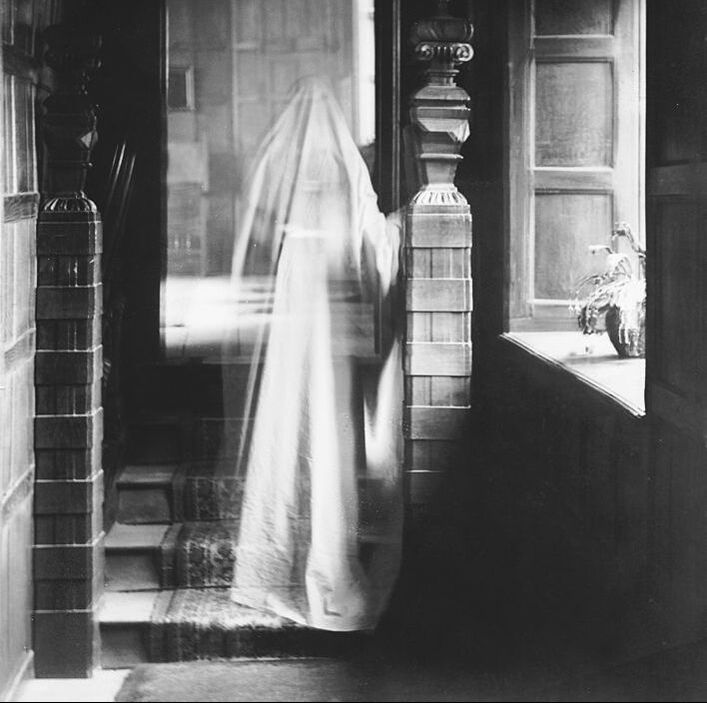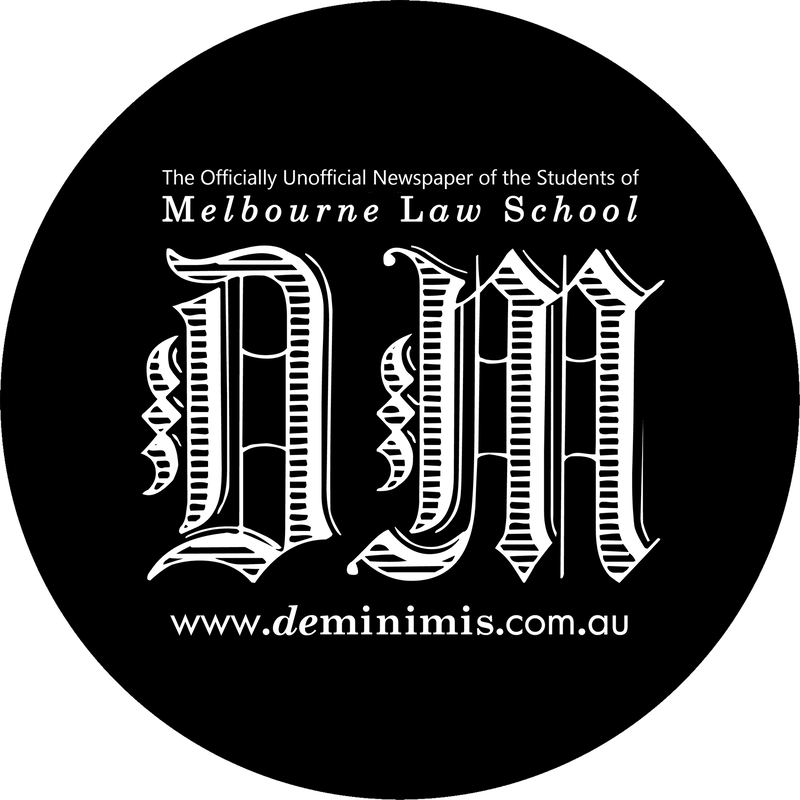|
Issue 10, Volume 17 EDGAR BOX In Stambovsky v Ackely, the Appellate Division of the New York Supreme Court was invited to consider a rather novel justification put forward by a Jeffrey Stambovsky to refuse to complete a transaction to purchase a house. Namely, that at the time of the sale agreement, it had not been disclosed to him by the seller, a Helen Ackely, that the house was haunted. In its judgment, the court held that Mrs. Ackely, who had previously reported the alleged haunting to local newspapers and magazines, was on those grounds estopped from denying the existence of ghosts, commenting: “Whether the source of the spectral apparitions seen by the defendant seller are parapsychic or psychogenic, having reported their presence in both a national publication… and the local press… [the] defendant is estopped to deny their existence and, as a matter of law, the house is haunted.” Beyond gaining some repute as a comical footnote in American property law textbooks, the Stambovsky case cuts to a far deeper issue in modern jurisprudence. Does the law recognise the existence of ghosts? Unsurprisingly, a small but healthy body of case law has arisen in the past two centuries relevant to this enquiry, however the ultimate status of the restless dead remains an unresolved issue in many jurisdictions.
The UK, perhaps surprisingly given its rich heritage of regional folklore and local ghost stories, bears the distinction of being the only polity in the English-language world whose courts have decisively rejected the existence of ghosts at law. In 1803, a vigilante customs officer was convicted of murder for the shooting of a man dressed all in white, on the mistaken grounds that he had been the notorious Hammersmith Ghost, a restless spirit which had reportedly been terrorizing villagers and travellers in the region following the death of a townsperson the previous year. During the trial, the defence argued that the defendant, honestly believing himself to have been facing a ghost, could not have intended to kill any living person, and thus could only be guilty of manslaughter. The judge took an unsympathetic view – citing the sheer absurdity of belief in the supernatural and sentencing the defendant to death (although this was later commuted to a single year of labour by royal pardon). More tellingly, in 1868, in Lyon v Home, Vice-Chancellor Griffard invalidated a number of gifts, amounting to almost £60,000.00, made by an elderly widow to a spiritualist who claimed to be relaying instructions from the widow’s deceased husband. In judgement, the Vice-Chancellor declared that as a matter of law, thaumaturgy, necromancy, spiritualism and indeed even astrology and palmistry are “in the eyes of English courts, plainly system[s] of nonsense”. Though English law may be settled, other jurisdictions are not so obstinate, and courts across the Atlantic have been at least willing to consider the existence of the paranormal. The Canadian position is at best unclear. In the 1907 case Manitoba Free Press v Nagy, the Supreme Court of Canada sided with a property owner claiming damages for injurious falsehood from a newspaper which had reported that her home was haunted – however it was left ambiguous whether the court decided this on the basis that ghosts in general did not exist, or on the narrower grounds that just the respondent’s property itself was not haunted. Similarly, in 2013 the Ontario Supreme Court of Justice in Ontario Inc. v K-W Labour Association et al, contemplating a claim that a building was haunted, did not conclude that such a claim was necessarily false, but rather merely decided that evidence of the haunting was hearsay – suggesting that the claim would have been dealt with seriously if appropriate witnesses (potentially including the ghosts themselves) had been called. By contrast to the cautious Canadian approach, courts in the United States have been almost eager to endorse supernatural claims in a number of judgments which either implicitly or explicitly recognise the existence of ghosts. In Cooper v Livingston the Florida Supreme Court held that a promise to cure an illness by conjuring spirits was not valid consideration in a contract, not because the consideration was illusory or insufficient, but rather on the grounds of illegality – as it was thought that any conjured spirits would be Satanic in nature, and thus would violate statutes against blasphemy. Additionally, in McClary v Stull the Nebraska Supreme Court approached the question of whether a will was invalidated due to the undue influence exerted by the spectre of a dead husband contacted during a séance, as a straightforward question of fact, stating: "… the courts have not assumed to deny to spirits of the departed the privilege of holding communion with those of their friends who are still in the flesh so long as they do not interfere with vested rights or by means of undue influence seek to prejudice the interests of persons still within our jurisdiction.” Sadly, to date Australian courts have neglected their duty to clarify the judicial status of the unquiet dead. The only notable case in the Australian canon that deals with the possible existence of revenants is Descas v Descas, a family law case in which the wife in a divorce proceeding alleged that a family home should receive a lower valuation on the grounds that it was haunted by a poltergeist. Rather than directly addressing the claim, the magistrate instead construed the issue as a question of the wife’s credibility, leaving unresolved whether testimony from a more reliable witness would be taken seriously. Clearly, resolving the legal status of ghosts, spectres, wraiths, liches, phantasms and shoggoths should feature prominently on Australia’s to-do list of jurisprudential housekeeping. Beyond the obvious concerns for property prices and the execution of wills; the existence of the supernatural would have consequences of unfathomable proportions across every area of law. Should witch doctors be under the same duty of care as the rest of the medical profession? Should the failure of an injured party to have adequately invested in apotropaic wards be a grounds for contributory negligence? Should the dead have standing by way of spirit mediums to sue for post-mortem defamation? Until this debate receives the judicial and academic attention it deserves, it seems that the spectres of the departed are doomed to remain in legal, as well as metaphysical, limbo. One wonders if, as students of one of Australia’s most prestigious legal academies, we might not be entitled to expect our teaching and research staff, rather than obsessing over esoteric and trivial theories of contract formation or constitutional interpretation, to focus on the kind of questions that actually matter. Edgar Box asks the hard questions.
Professor Binns
7/5/2020 08:32:04 pm
Petition to include Ghostbusters as required reading on the syllabus.
MORE PLEASE
9/5/2020 02:15:47 pm
Amazing! This is the De Min content we all need
YW
10/5/2020 07:16:14 pm
This is absolute, well-researched, QUALITY content and whoever wrote tonight's article needs to sit tf right back down Comments are closed.
|
Archives
October 2022
|



